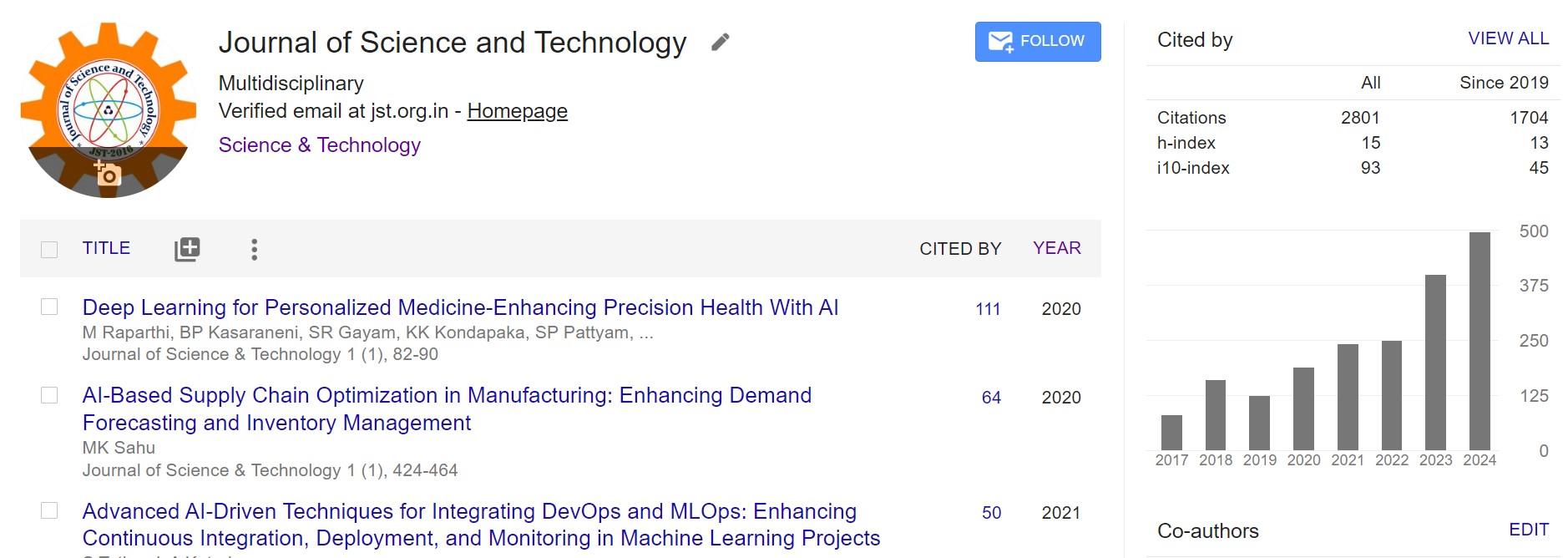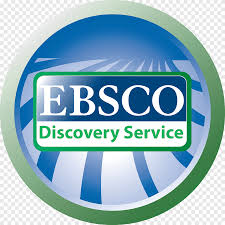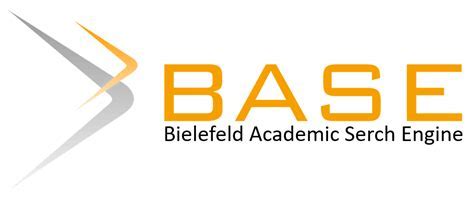Design of a Lora-Based IoT Network using Enhance Clustering Protocols.
DOI:
https://doi.org/10.46243/jst.2025.v10.i04.pp45-57Keywords:
LoRa WAN,, Additive Links On-line Hawaii Area (ALOHA),, Energy-Aware Dynamic User Clustering,, (EADUC),, Static-Based Time Slot (SBTS),, ime Division Multiple Access (TDMA).Abstract
LoRa is an IoT (Internet of Things) enabling technology which is particularly suitable for low data rate
applications. The technology can achieve extended network coverage while operating in unlicensed ISM band
and falls into the category of Low Power Wide Area Networks (LPWANs) technologies. Currently, LoRa WAN
networks face challenges related to Collision rates, packet delivery, and efficient management of static and
mobile nodes. Existing methods based on ALOHA have limitations that hinder the effectiveness in
accommodating the diverse requirements of Lora networks. In this study, A LoRa IOT network with both
static and mobile nodes is modelled in MATLAB Environment. Static-Based Time Slot (SBTS) and Energy-
Aware Dynamic User Clustering (EADUC) clustering approaches are implemented for Clustering and
implemented using ALOHA and TDMA medium Access mechanisms. The implementation assesses how these
protocols impact key network metrics like Signal-to-Interference Ratio (SIR), Packet Delivery Ratio (PDR) and
Collision rate (CR). Result from the analysis underscores the clear performance superiority of the SBTS-TDMA
protocol in LoRa networks. SBTS-TDMA achieved the highest Signal-to-Interference Ratio (SIR) at 10.97 dB,
significantly outperforming EADUC-TDMA, EADUC-ALOHA, and SBTS-ALOHA, which enhances interference
management. It also excelled in Packet Delivery Ratio (PDR), reaching 78.84%, demonstrating greater
reliability in data transmission than other protocols. Additionally, with a Collision Rate of just 0.00045, SBTS-
TDMA outperformed EADUC-TDMA, EADUC-ALOHA, and SBTS-ALOHA, reinforcing its efficiency and
reliability for data integrity in LoRa networks.


























